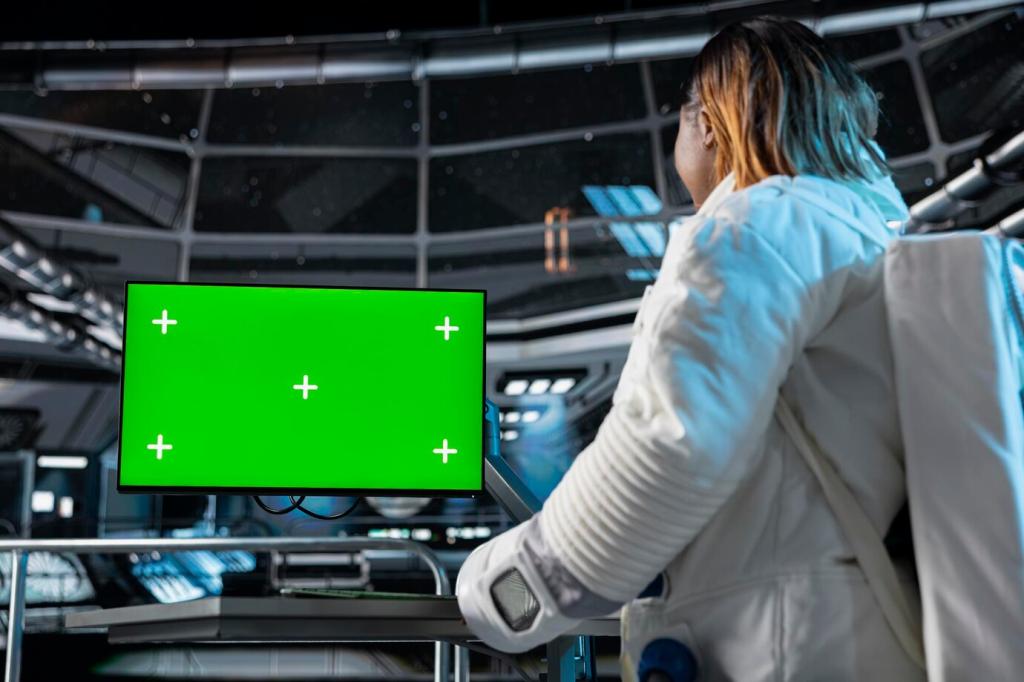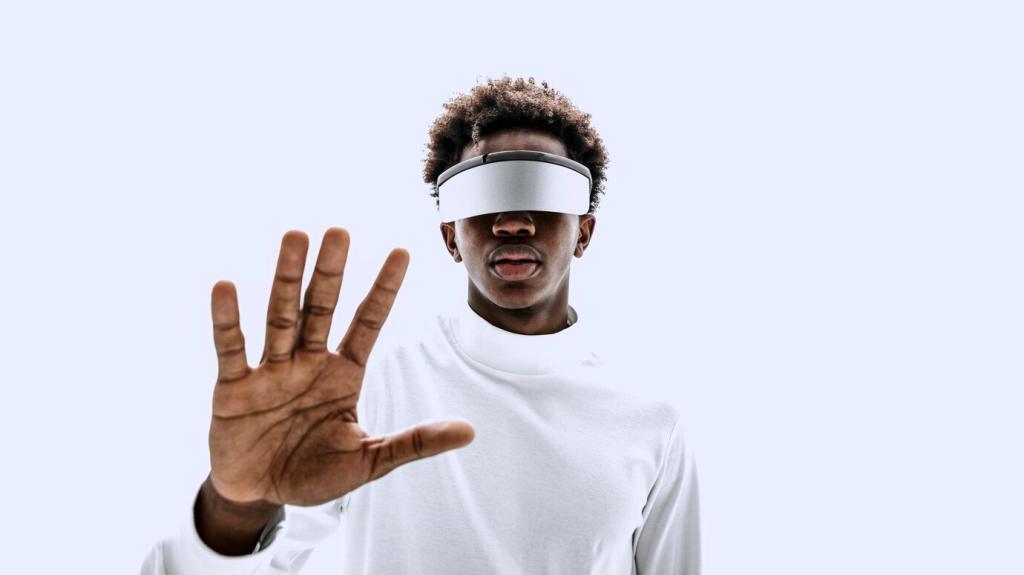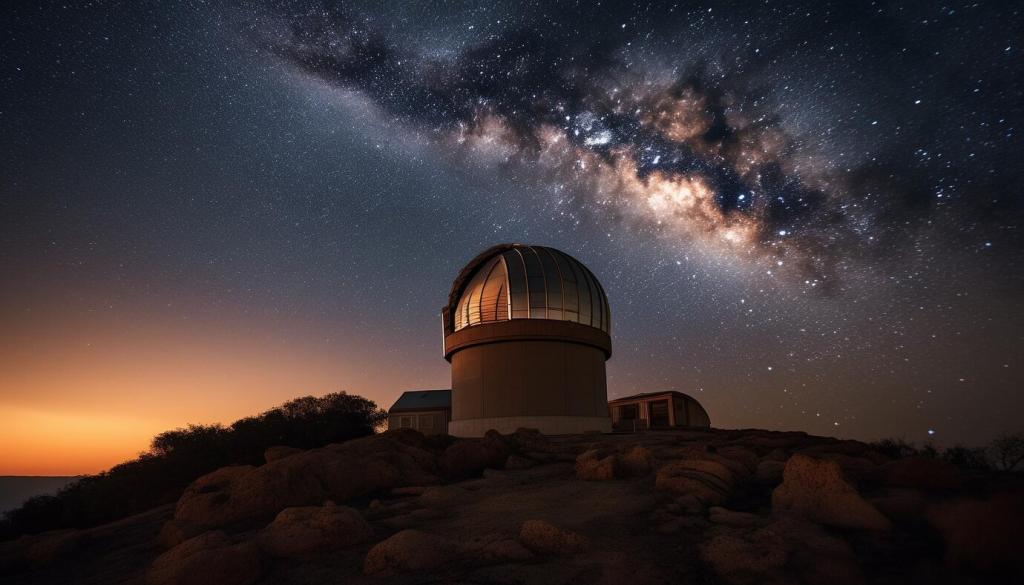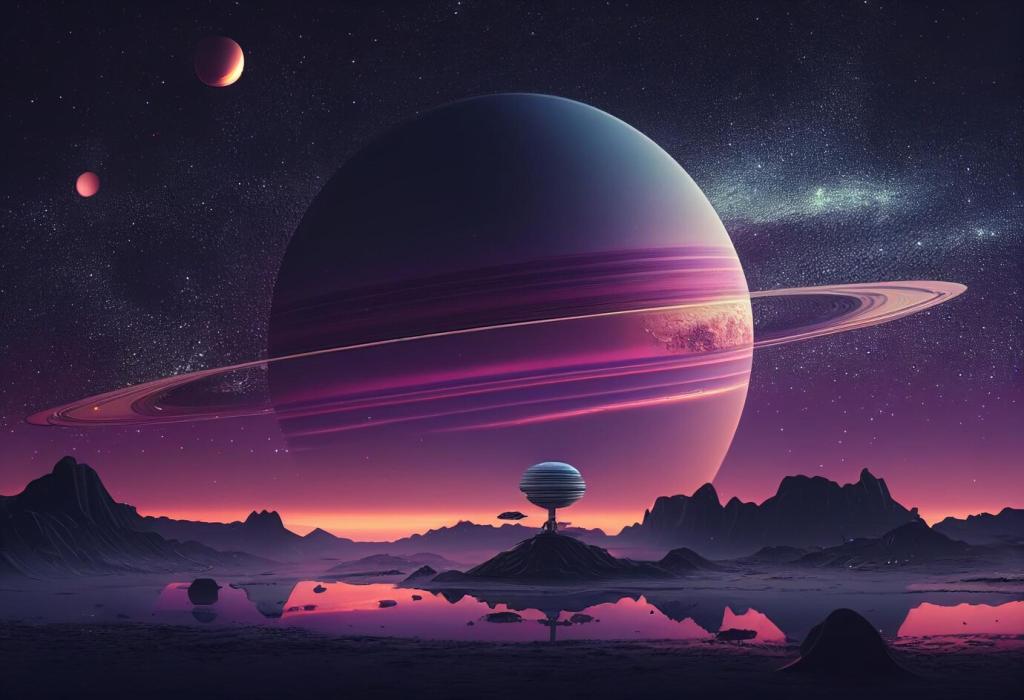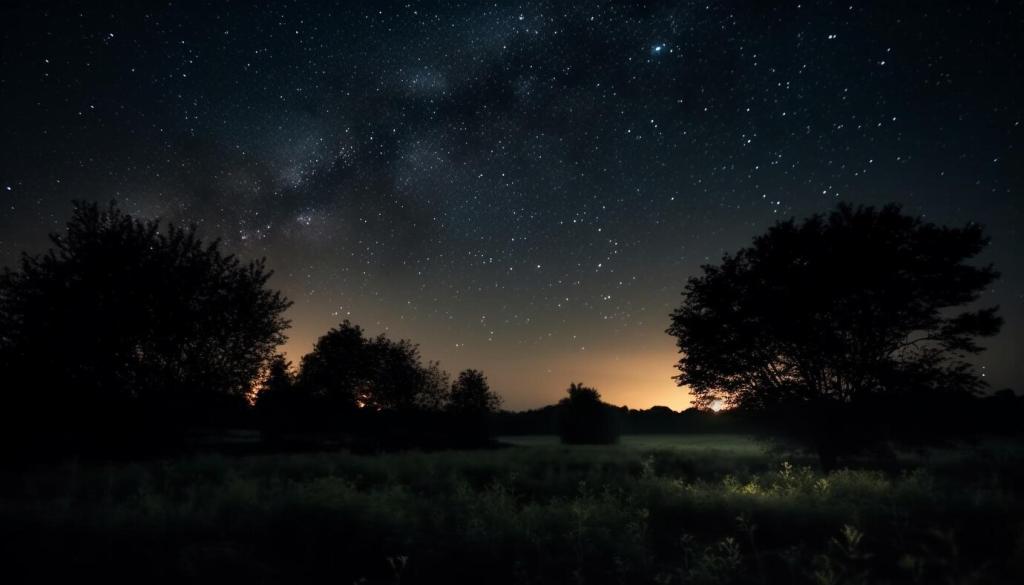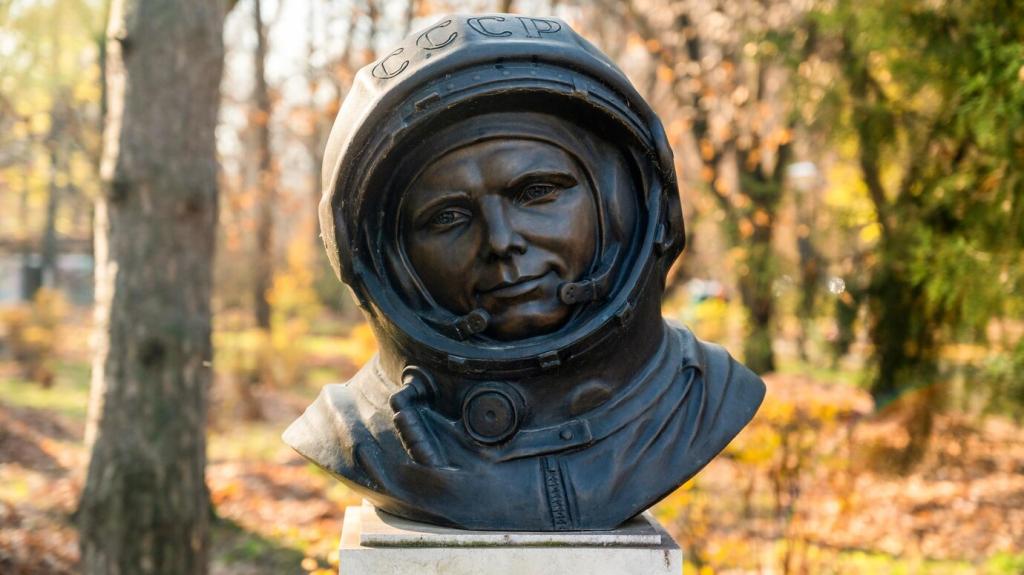Autonomous Networks and AI-Driven Observing
Event brokers push transient alerts that trigger robotic queues. Telescopes calculate visibility, switch filters, and start exposures before afterglows fade. Tell us your fastest follow-up story—or your strategy for balancing speed with calibration quality on chaotic nights.
Autonomous Networks and AI-Driven Observing
Reinforcement learning optimizes target selection across weather, priority, and instrument readiness. The result: more science per hour, fewer wasted slews. Subscribe for a behind-the-scenes look at how training data from past seasons shapes tonight’s perfect queue.
Autonomous Networks and AI-Driven Observing
One class watched their robotic telescope pivot at midnight, capturing spectra of a newborn supernova hours after discovery. Their excitement was contagious, and their data made a real contribution. What discovery moment would you love your students or club to experience next?

